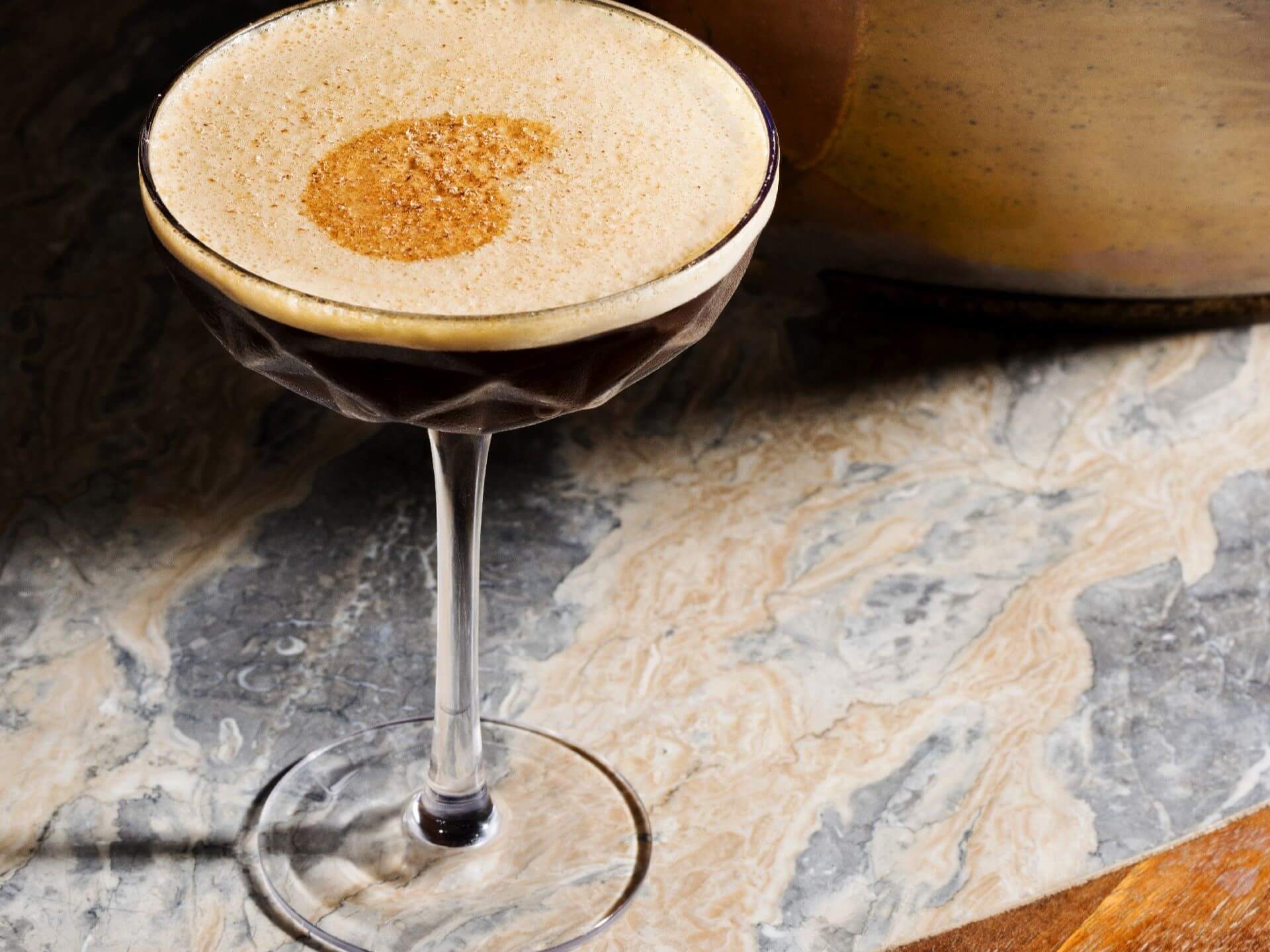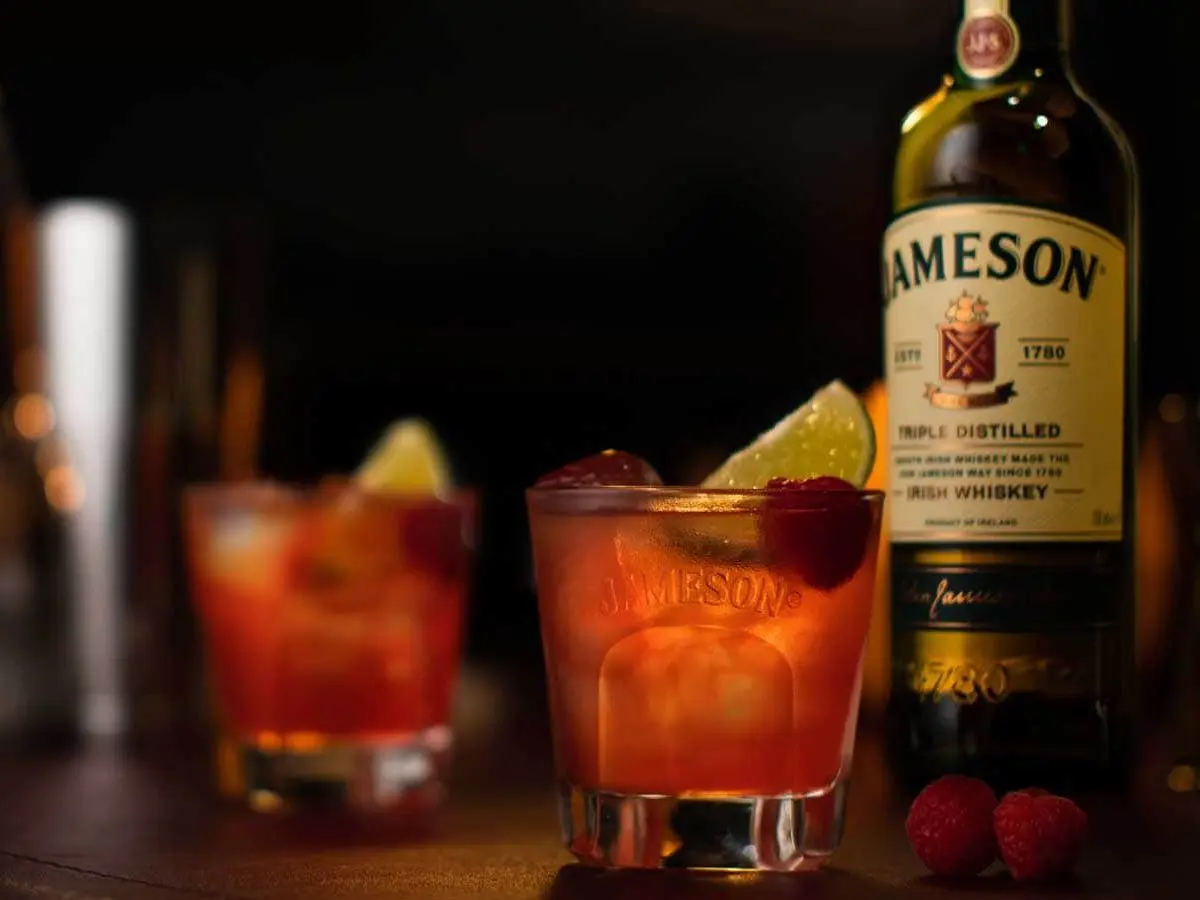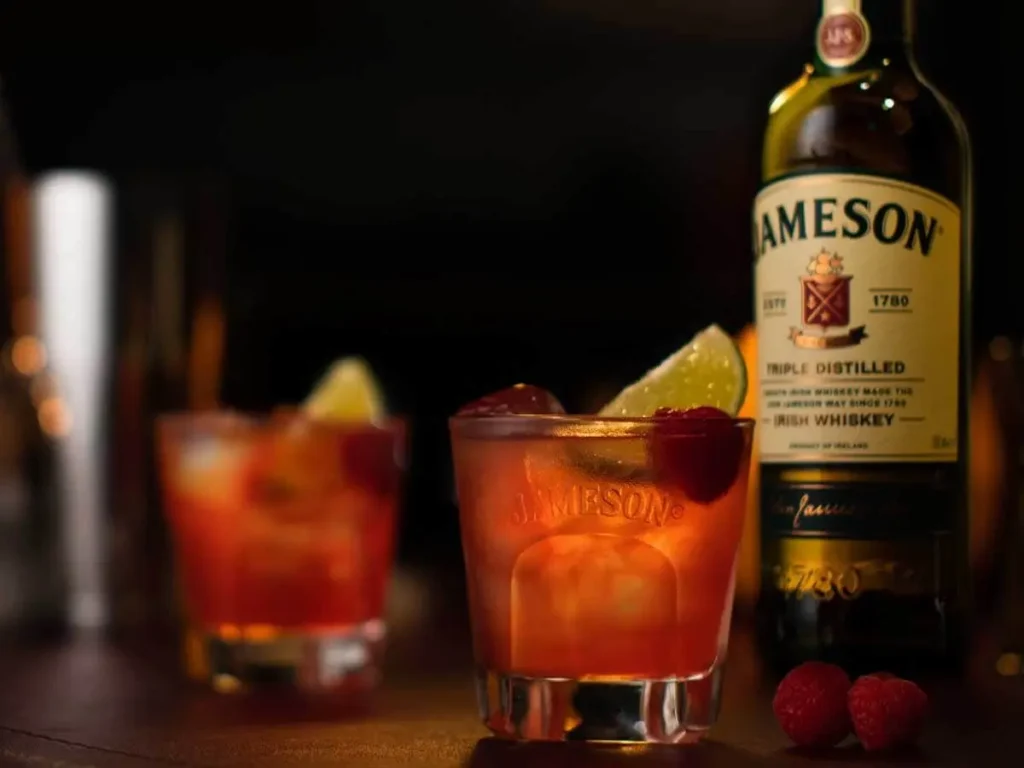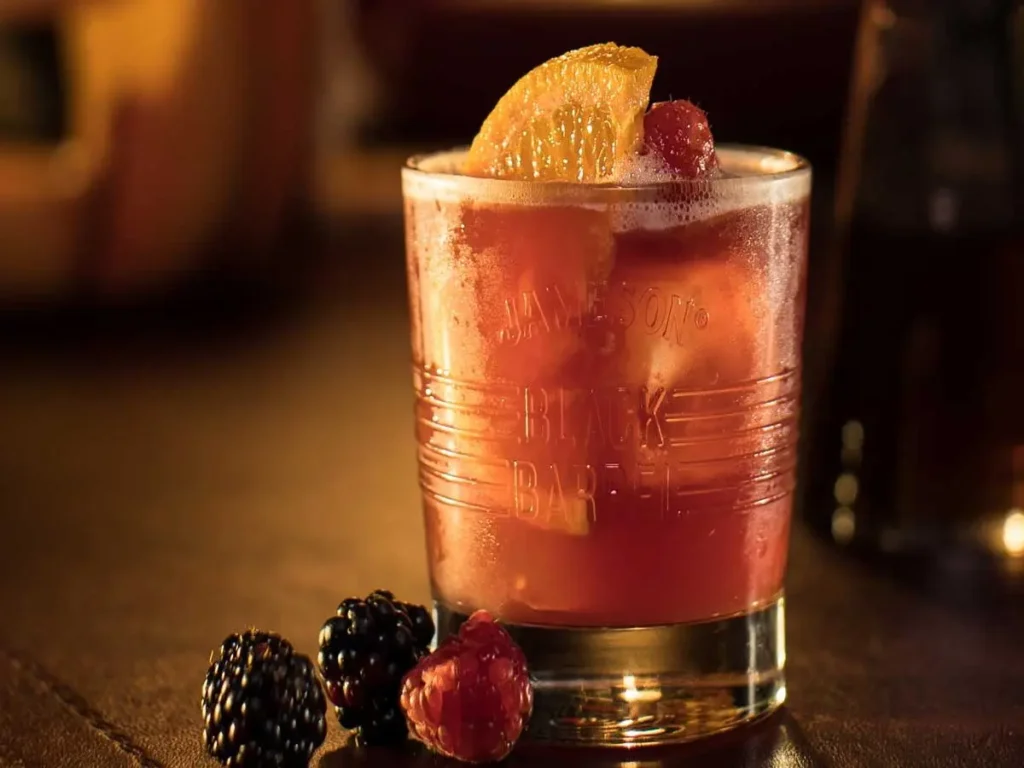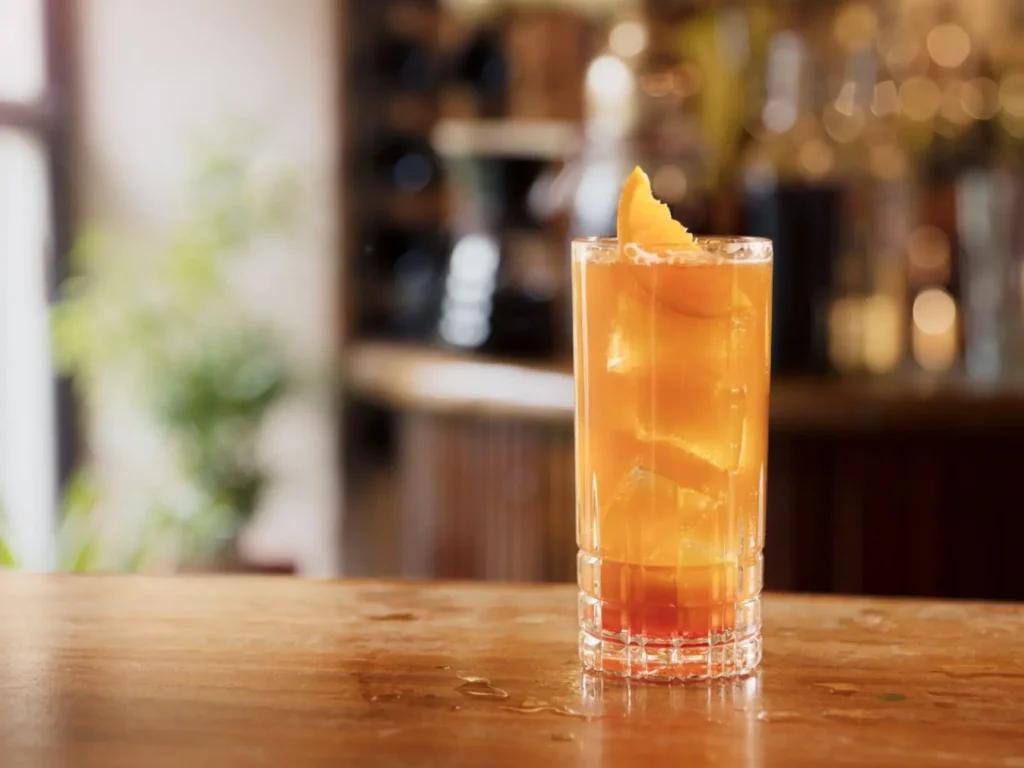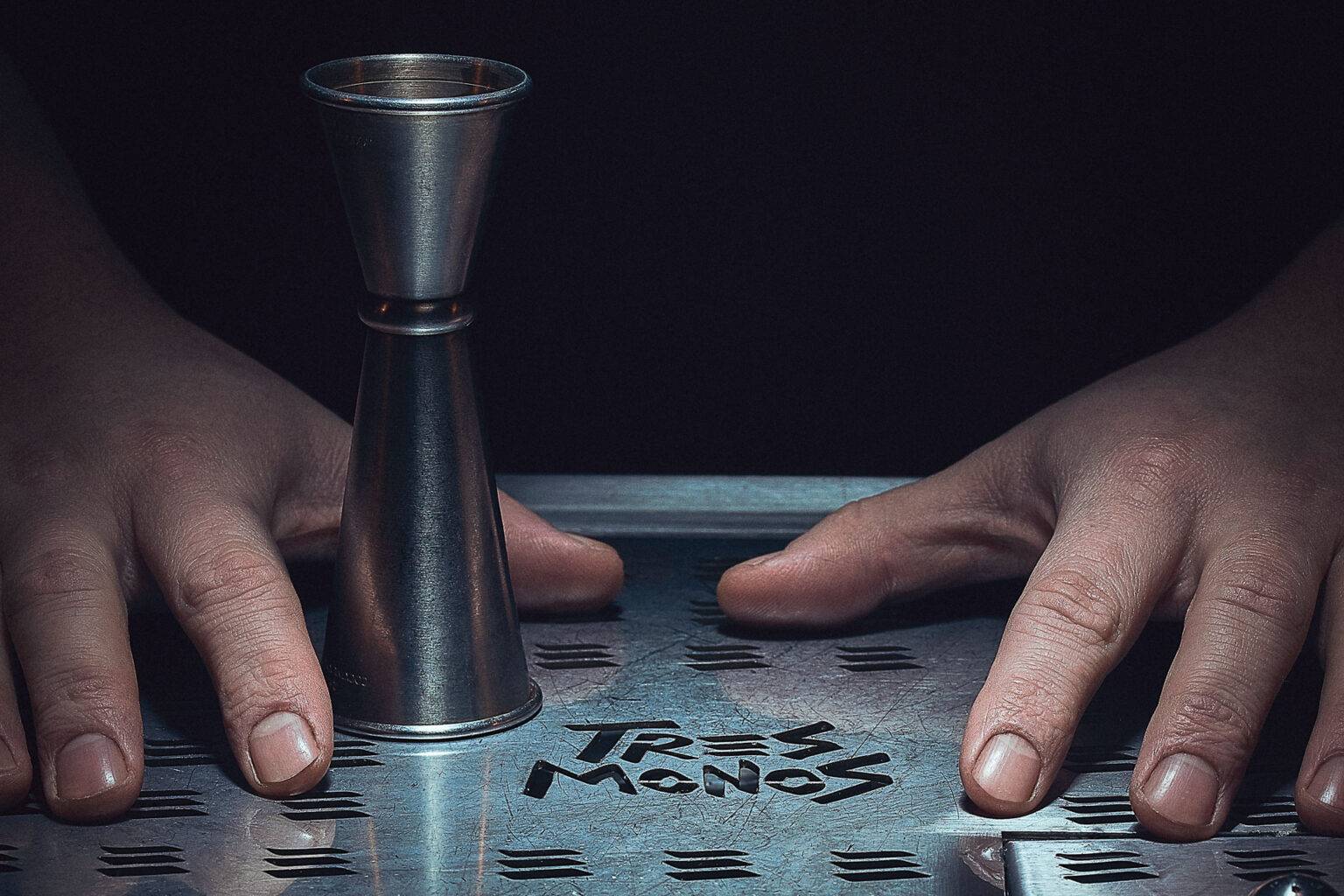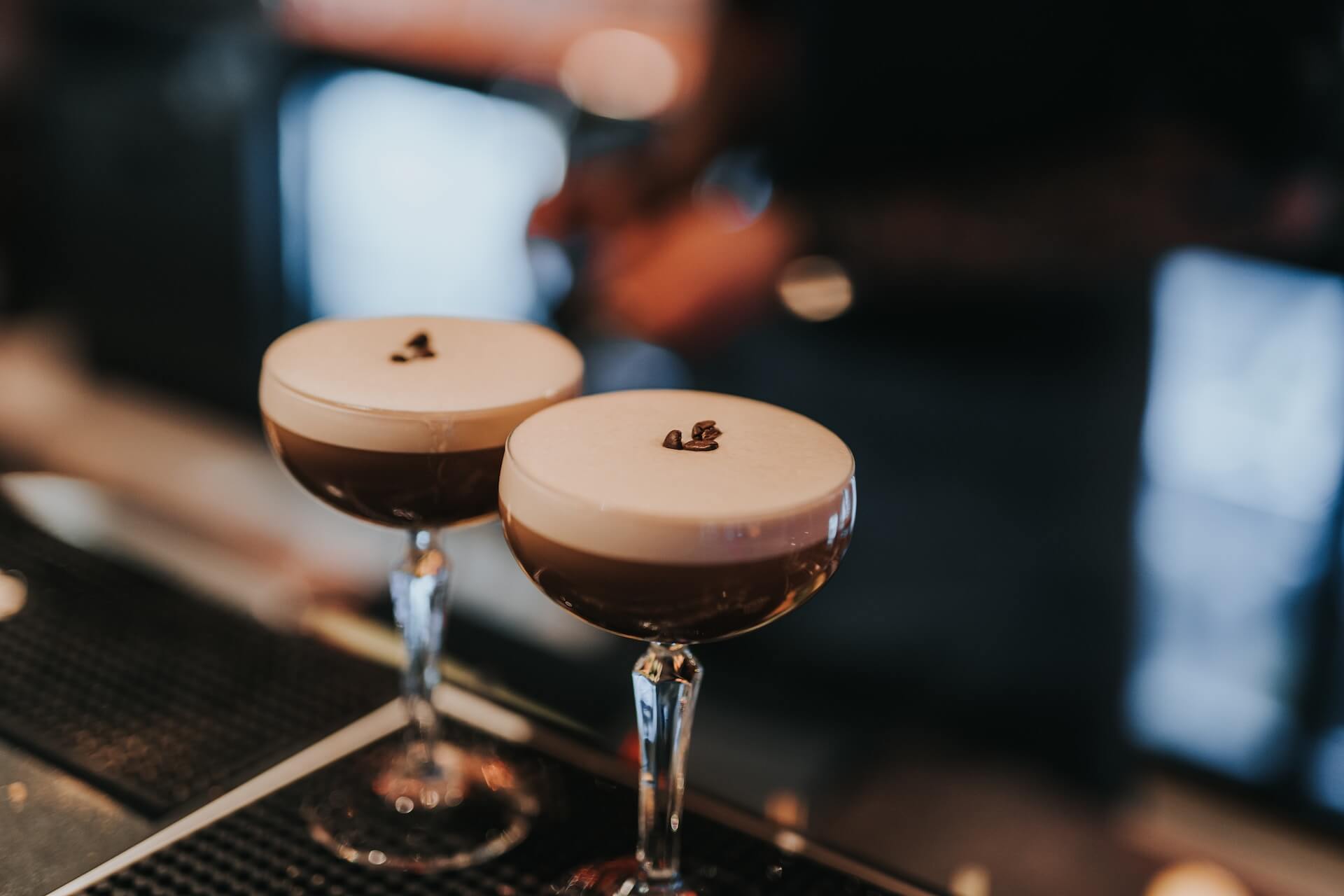Rémy Martin Pays Homage to Sobremesa
by David Klemt

Mixologist Josué Gonzaléz for the Rémy Martin “Que Viva Rémy Sobremesa” campaign
Rémy Martin is teaming up with the Hispanic Restaurant Association to celebrate Hispanic Heritage Month by honoring a post-dinner tradition.
That tradition, an important element of a number of Hispanic cultures, is called “sobremesa.” Translating to “at the table” or “upon the table,” sobremesa is the period of time after a meal during which people relax, chat, and digest.
This is, of course, one of the most important elements of a great meal and gathering of friends and family. While sobremesa may fly in the face of the “turn-and-burn” approach to operation, a hallmark of a wonderful time out at a restaurant is the post-meal vibe.
Are guests lingering with smiles on their faces, ordering post-dinner drinks and chatting, giving off a good energy? That would indicate an operator and their team have delivered excellent service and a memorable guest experience.
To celebrate Hispanic Heritage Month and sobremesa, Rémy Martin is launching a new campaign: “Que Viva Rémy Sobremesa.”
Que Viva Rémy Sobremesa
A core element of this collaboration between Rémy Martin and the Hispanic Restaurant Association is bringing food and beverage together.
To achieve this, Que Viva Rémy Sobremesa is bringing together three influential F&B professionals.

Hailing from the Bronx with a career that has brought her to Washington, DC, Chef Paola Velez is an entrepreneur, activist, and the founder of Bakers Against Racism.

A restaurateur with restaurants in Mexico and Chicago—and his sights on California’s dining scene—Chef Carlos Gaytán is the first Mexican-born chef to earn a Michelin star.
Miami native and revered bartender Josué Gonzaléz brings an understanding of the culinary to his craft, beginning his journey in hospitality as a Johnson & Wales culinary student. His résumé includes some of the best bars and restaurants in America.
This powerhouse trio has been tasked with creating cocktails and culinary pairings that feature Rémy Martin and shine a spotlight on sobremesa. Their hard work will be showcased through immersive experiences throughout the US. Click here for Chef Velez’s recipes, here for Chef Gaytán’s creations, and here for Gonzaléz’s recipes.
However, Que Viva Rémy Sobremesa doesn’t stop with the conclusion of a meal. Rémy Martin, the Hispanic Restaurant Association, and their featured chefs and bartender also seek to add a new element to sobremesa.
Rather than sobremesa representing the end of a night out, Que Viva Rémy Sobremesa aims to transform the tradition into the start. In other words, “last call” now signals “the first call of the rest of the night.” Instead of asking, “When can we do this again,” the campaign encourages friends and family to ask, “What’s next tonight?”
The Mambo Mango Royale
To provide an idea of the creations coming from the Que Viva Rémy Sobremesa collaborations, here’s a cocktail recipe from Josué Gonzaléz.
- 1.5 oz Rémy Martin Tercet
- 0.75 oz Mango Syrup
- 0.5 oz Lemon Juice
- Bar spoon Galliano
- Champagne to top
- Decorative mango and edible flower to garnish
Add the first four ingredients and ice to a shaker. Shake vigorously for about ten seconds, then add a splash of Champagne. Pour into a flute or cocktail coupe, then garnish.
For more information, please read the press release below in its entirety. Cheers!
RÉMY MARTIN LAUNCHES ‘QUE VIVA RÉMY SOBREMESA’ CAMPAIGN TO CELEBRATE HISPANIC HERITAGE MONTH AND HONOR THE CHERISHED SOBREMESA TRADITION
Notable culinary and cocktail personalities come together to share custom recipes featuring Rémy Martin 1738 Accord Royal and Tercet and create lively experiences while embracing cultures of excellence and the tradition of Sobremesa
NEW YORK—To celebrate Hispanic Heritage Month, Rémy Martin is launching Que Viva Rémy Sobremesa, an homage to Sobremesa, the post-dining tradition found throughout many Hispanic cultures. The campaign brings influential culinary and mixology tastemakers together, including award-winning chefs Carlos Gaytán and Paola Velez, and renowned Mixologist Josué Gonzaléz, to create a variety of curated cocktails featuring Rémy Martin 1738 Accord Royal and Tercet along with culinary pairings showcasing how Sobremesa comes to life across different Hispanic cultures. The tastemakers and their pairings will be presented at a series of immersive events across the country.
With nearly 300 years of excellence producing Cognac Fine Champagne and symbolizing the diversity of craft and tradition, Rémy Martin continues to be at the forefront of moments that bring people together. As the kickoff to Hispanic Heritage Month, Rémy Martin is immersing cocktail connoisseurs in Sobremesa, a tradition where one finds themself lost in deep conversation – talking, sipping cocktails and spending time with those who matter most – often for hours after dining.
Getting lost in conversation and savoring the post-dinner experience is the essence of Sobremesa and with Que Viva Rémy Sobremesa, Rémy Martin will challenge the notion of “last call” by signaling Sobremesa as the start of the night ahead. After all, the most dispiriting words heard when you’re out are “last call” and “kitchen’s closed” – but with Rémy Martin the last call can now be the first call of the rest of the night.
“Rémy Martin’s passion for excellence, family values and traditions offer a moment for us all to partake in Sobremesa and we are thrilled to be teaming up with a variety of notable personalities to kick off the celebration this Hispanic Heritage Month,” said Tina Reejsinghani, Vice President of Luxury Brands at Rémy Cointreau Americas. “Enjoying classic recipes and sparking conversations around the table is at the heart of Hispanic heritage and Rémy Martin is excited to lead in the festivities of the time-honored tradition.”
As part of the campaign and the brand’s ongoing commitment to advancing the world of gastronomy, Rémy Martin is teaming up with the Hispanic Restaurant Association (HRA) and their Global Ambassador, Chef Fernando Stovell to support and further the careers of aspiring chefs, culinary entrepreneurs, restaurant managers, and industry professionals within the Hispanic community, uplifting the next generation of gastronomic excellence.
“At the Hispanic Restaurant Association, our vision is focused on fostering education and uplifting the Hispanic community across generations,” said John Jaramillo, Co-Founder and CEO of the Hispanic Restaurant Association. “As we work to elevate the culinary artistry within the Hispanic community, our partnership with Rémy Martin will play an integral part in extending our mission and vision across the country, allowing us to continue fostering a richer culinary perspective and build lasting bridges within the community.”
Throughout Hispanic Heritage Month, Rémy Martin will invite cocktail and culinary aficionados in New York and Miami to join the brand at the Rémy Martin Sobremesa Social Club. The events will feature lively entertainment alongside the unique dishes and cocktails curated by Carlos Gaytán, Paola Velez and Josué Gonzaléz, each inspired by their backgrounds. Chef Carlos, Chef Paola and Josué Gonzaléz will make appearances at the events, to showcase their creations and celebrate Sobremesa with guests. For more information and to purchase tickets for a VIP table experience, please visit Rémy Martin Sobremesa Social Club. Proceeds will benefit the Hispanic Restaurant Association.
Rémy Martin will also be capturing the essence of the Sobremesa tradition with a series of curated craft cocktails that highlight the opulent and complex flavor profiles of Rémy Martin 1738 Accord Royal and Rémy Martin Tercet. To keep the flavors going strong and accentuate each Rémy Martin expression, world-renowned chefs Carlos Gaytán and Paola Velez and Mixologist Josué Gonzaléz have created a variety of culinary and cocktail recipes representing their own cultures. From the Flamingo 1738 cocktail inspired by Josué’s childhood in Cuba and Chef Carlos’s nod to the sweet and savory elements of Mexican cooking with the Foie and Chocolate dish, to Chef Paola’s Nutmeg Pavlova recipe which combines her Dominican roots with the flavors of autumn, this campaign will take patrons on a culinary journey around the world.
The Que Viva Rémy Sobremesa campaign was developed in collaboration with creative agency FRED & FARID New York and will be featured across billboards and kiosks in Houston, TX; Los Angeles, CA; Miami, FL and New York, NY in addition to digital media and social content throughout Hispanic Heritage Month. For more information on the campaign, recipes and events, visit RemyMartin.com and follow along on social media on Instagram @RemyMartinUS | Twitter @RemyMartinUS | Facebook RemyMartinUSA
#QueVivaRemySobremesa #TeamUpForExcellence
ABOUT RÉMY MARTIN
Since 1724, the House of Rémy Martin has produced premium spirits that consistently appeal to the world’s most discerning connoisseurs. A profound love of the land, a continuity of family ownership and a passionate commitment to excellence has sustained Rémy Martin for nearly three centuries. As a result of its masterful production and generations of tradition in Cognac, the House of Rémy Martin produces award winning Cognacs Fine Champagne including Rémy Martin® XO, which was named Cognac of the Year 2022 by USA Spirits Ratings, and The Cognac Masters gold medal winning Rémy Martin® Tercet®, Rémy Martin® 1738 Accord Royal and Rémy Martin® V.S.O.P.
ABOUT HISPANIC RESTAURANT ASSOCIATION
Looking ahead, our vision is focused on fostering education and uplifting the Hispanic community across generations. We aspire to create a comprehensive impact by fostering economic growth and entrepreneurial endeavours through a range of interconnected networks, educational platforms, events, and supportive infrastructure.
ABOUT CHEF CARLOS GAYTÁN
A native of Mexico, chef and restaurateur Carlos Gaytán has made his mark in the culinary industry. From a young age, he was enamored with cooking, exploring a full spectrum of flavor while perfecting heirloom recipes alongside his mother. With a seamless unification of his Mexican heritage and his love of French culinary style, Carlos became the first Mexican-born chef to earn a coveted Michelin star in 2013. Gaytán appeared on Bravo’s Top Chef in 2013 and has since been widely featured as a host and judge on numerous culinary programs. He has opened two award-winning restaurants — one in Mexico in 2017, and another in Chicago in 2019. In 2024, he will open three new restaurants in California.
ABOUT CHEF PAOLA VELEZ
Award-winning chef, entrepreneur and community activist Paola Velez is the multihyphenate for a new generation of lifestyle personalities. Growing up between the Bronx and the Dominican Republic, Velez is fluent in cultures of city and island life, bringing infectious positivity and a keen eye on the micro-trends of the moment to the table. Her unique perspective has catapulted her to the pages of Food & Wine, and garnered her a nomination for Rising Star Chef by the James Beard Foundation, “Pastry Chef of the Year” from Esquire and “Best New Chef” from Food & Wine. Most recently, Paola founded the organization Bakers Against Racism as a social community, connecting bakers and creatives all across the globe to fight against racism in all of its forms. Looking ahead, under her lifestyle brand Dōekï Dōekï, a reflection of her Afro-Latina heritage, Velez is launching a series of collaborations and pop-up dinners across the country in addition to her first cookbook in 2024.
ABOUT MIXOLOGIST JOSUÉ GONZALÉZ
Josué Gonzaléz is a Miami native with a true passion for hospitality. As a culinary student at Johnson & Wales University, he accepted a barback position at Zuma Miami to gain industry experience, setting a decorated front-of-house career into motion. Josué found a friend and mentor in renowned Miami bartender Rob Ferrara, helping both achieve great success with openings at Swine Southern Table & Bar, Lure Fishbar and The Rum Line. As an individual, Josué was named one of Zagat Miami’s 30 under 30 in 2014, and went on to win and place in the top of various cocktail competitions. As part of the opening team at Sweet Liberty Bar & Supply, Josué was integral in the venue as it was awarded Best New Cocktail Bar in America at the Tales of the Cocktail Spirited Awards. In 2018 Josué moved to Washington DC to open and manage the bar at Seven Reasons, a Latin concept, with Enrique Limardo. The restaurant was named Best New Restaurant in America 2019 by Esquire Magazine. Josué brings his talents and experience back to Miami in his work with Unfiltered Hospitality where he makes experiences better for people in every facet of the service industry.
Image: Rémy Martin

